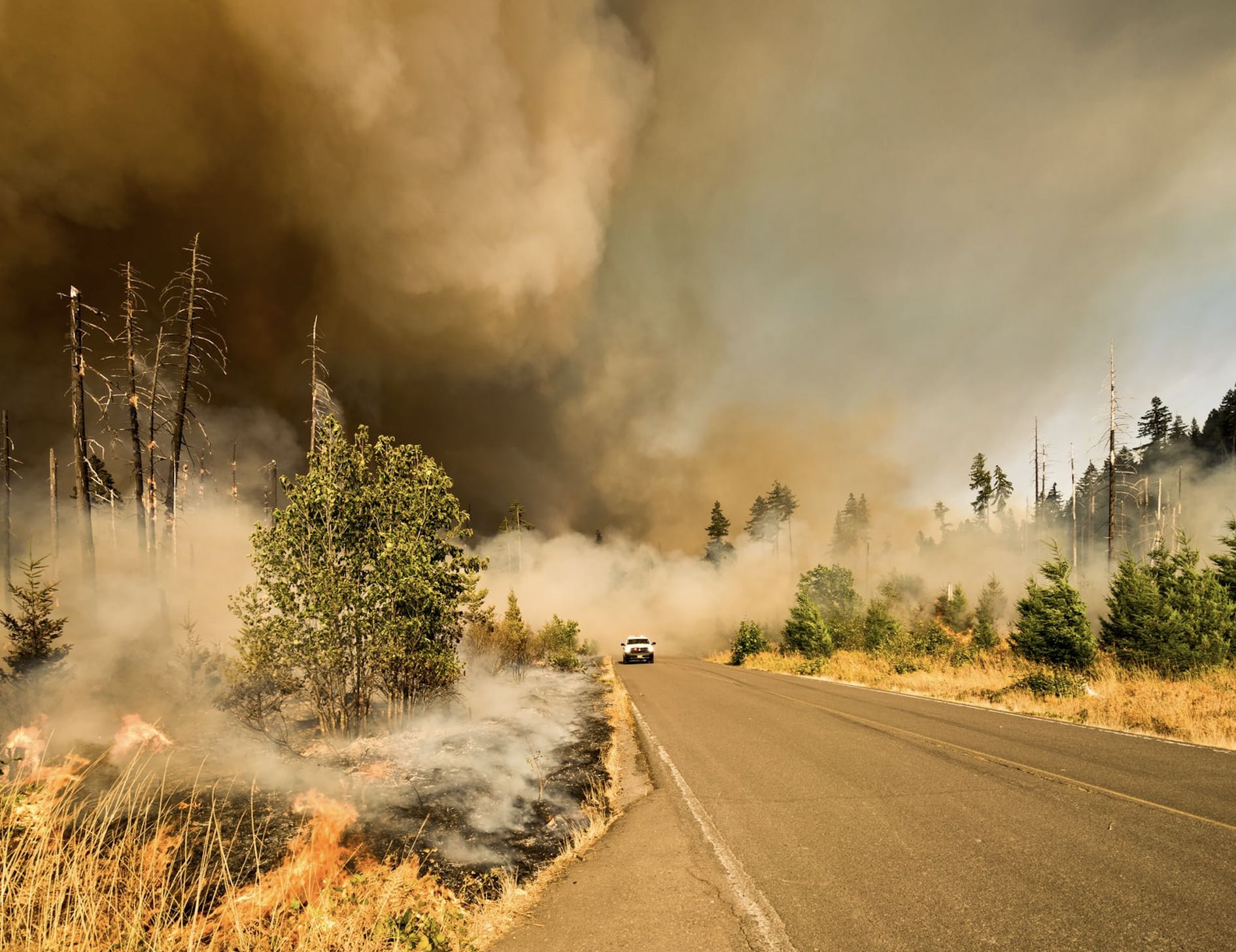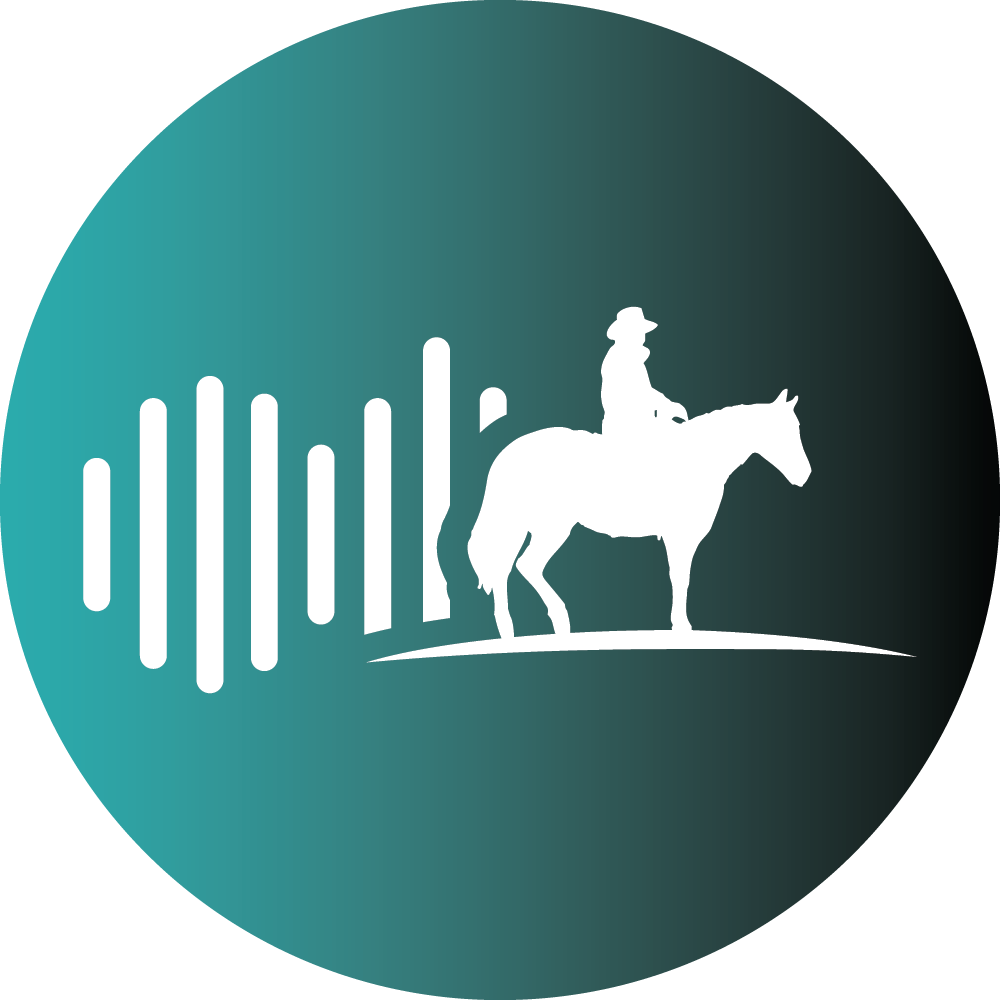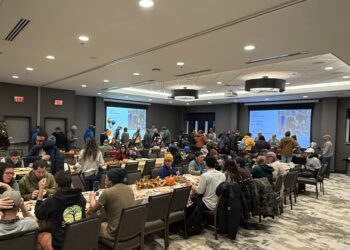By Char Miller Writers on the Range
Poor Butte County, California, again on fire, its smoke choking the air of states miles away.
Nestled in the Northern Sierras, Butte County is home to Chico State University, Sierra Nevada Brewing Co., and portions of two national forests. Almost half its 220,000 residents live in metro Chico. Over the past four years, the county has now become known for the wildfires that keep coming back.
This summer, the Dixie Fire torched more than 559,000 acres of pine, cedar and fir, 1,000 homes and pushed deep into neighboring Plumas County.
Last year, the lightning-ignited Bear Fire merged with others to become the 318,000-acre North Complex fire. It killed 16, injured 100 and burned up several towns.
In 2018, the 150,000-acre Camp Fire proved a holocaust: 85 people died, the town of Paradise famously was engulfed in flames, and more than 18,000 structures burned. It was the deadliest and most destructive inferno in California history.
Unfortunately, these almost-annual fires in Butte County have become part of the larger pattern across the 21st-century West. A new wrinkle is that these three fires even re-burned some acreage burned earlier. And it will happen again.
That’s one of the takeaways from the recent report of the Intergovernmental Panel on Climate Change, containing some of the most-dire warnings this UN organization has ever issued.
By century’s end, the planet may have warmed by 5.4 degrees Fahrenheit. A hotter Earth will trigger “progressively serious, centuries’ long and, in some cases, irreversible consequences.”
Wildland wildfire is a lead indicator. By now, every Westerner knows that our climate-driven drought, when combined with skyrocketing temperatures (Portland hit 113 degrees in June), has extended fire seasons and accelerated fire intensity. The UN’s Climate Change report adds that these factors may double the potential burnable areas.
Butte County’s harrowing experience underscores this prediction. To date, the National Interagency Fire Center reports more than 39,590 fires nationally have burned 3.7 million acres. Of the 108 major fires burning in mid-August, Montana led the pack with 25, Idaho had 21, Oregon and Washington each had 14, and California had 11.
The expansiveness of these wildfires is also evident in their smoke plumes. Particulate matter from the 410,000-acre Bootleg Fire, still chewing through Oregon’s Fremont-Winema National Forest, first spilled into western Washington, Nevada, Idaho and Montana, producing some of the nation’s worst air quality index readings.
It then wafted east to darken New England’s skies before drifting over Europe. Western fires have a very long reach. Their extent will soon be amplified. The remarkably hot and dry conditions, from the Rockies to the Cascades, sucked moisture out of the soil and desiccated chaparral and sage, pine, oak and fir.
As in the past, California may suffer the most damage; traditionally its mega-blazes erupt between August and November. Yet that tradition has been badly singed: Significant fires now ignite every month of the year.
Since January 2021, more than 6,272 fires have burned 917,000 acres in California. Climate change is causing these earlier burns, according to CAL FIRE, the state’s firefighting agency: “Warmer spring and summer temperatures, reduced snowpack, and earlier spring snowmelt create longer and more intense dry seasons that increase moisture stress on vegetation and make forests more susceptible to severe wildfire.” These factors have increased the Sierras’ fire season by 75 days.
There are no easy fixes to this crisis exacerbated by human-caused climate change. But there are three interventions we can put into effect right now:
- Accelerate the careful reinsertion of fire into the landscape, as Indigenous fire managers have long practiced. It brings significant cultural, ecological and forest benefits.
- Radically reduce greenhouse gas emissions wherever possible. Over time, this should moderate some of their generative impact on Western wildfires.
- Enact rigorous limitations on new housing in fire zones. States with sprawling foothill and canyon developments would do well to copy California, which this spring took part in a lawsuit challenging the construction of a massive subdivision. The houses are slated for a High Severity Fire Zone in frequently burned Lake County.
Whatever the effectiveness of these and other strategies, the Intergovernmental Panel on Climate Change is clear about the consequences of continued inaction. The rising generation will shoulder the heavy costs resulting from our indecision.
As the UN’s Intergovernmental Panel put it baldly, “Life on Earth can recover from a drastic climate shift by evolving into new species and creating new ecosystems. Humans cannot.”
Char Miller is a contributor to Writers on the Range, writersontherange.com, a nonprofit dedicated to spurring lively conversation about the West. He is a writer and professor of environmental analysis and history at Pomona College in Claremont, California.














